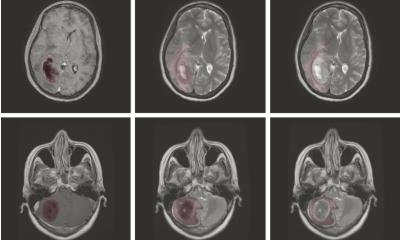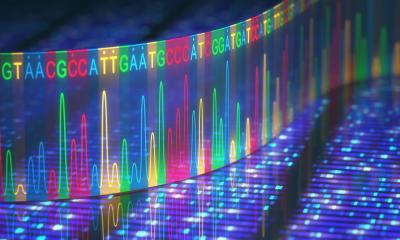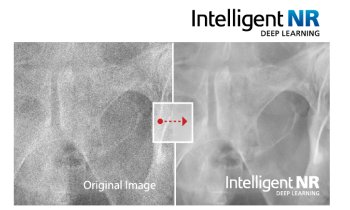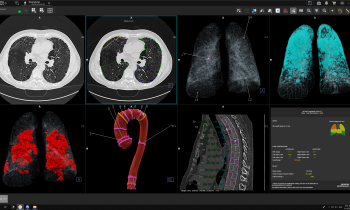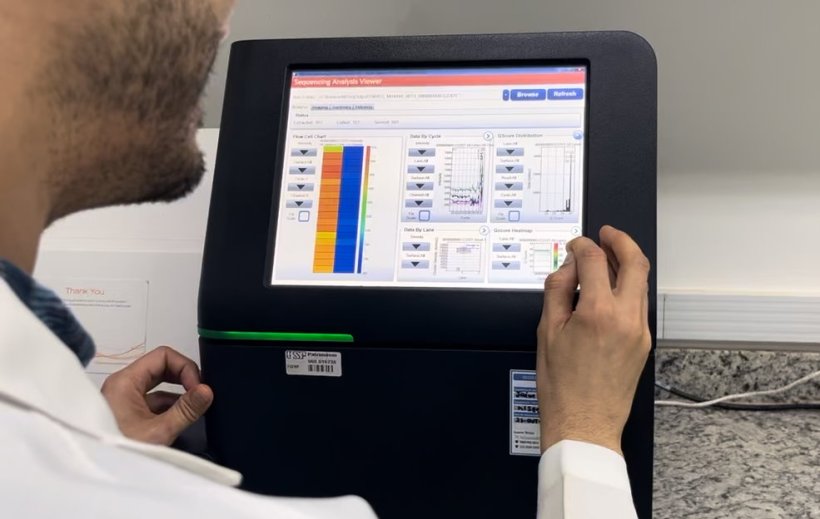
Image source: USP; photo: Tathiane Malta
News • Proteomic-based score
AI measures tumor ‘stemness’ to predict cancer aggressiveness
As cancer cases have increased worldwide, the disease has become more complex, presenting challenges to scientific advances in diagnosis and treatment. In this context, artificial intelligence (AI) has emerged as a valuable tool for predicting and detecting cases. A tool developed by Brazilian and Polish researchers may contribute to this process.
The machine learning model can predict the aggressiveness of certain tumors by identifying specific proteins. It generates a stemness index ranging from zero to one, with zero indicating low aggressiveness and one indicating high aggressiveness. As the index increases, the cancer tends to become more aggressive and resistant to drugs and more likely to recur.
The researchers present their findings in the journal Cell Genomics.
The degree of stemness indicates how closely tumor cells resemble pluripotent stem cells, which can transform into almost any type of cell in the human body. As the disease progresses, malignant cells become less and less similar to the tissue from which they originated. These cells self-renew and exhibit an undifferentiated phenotype.
The scientists developed the tool using data sets from the Clinical Proteomic Tumor Analysis Consortium (CPTAC) for 11 types of cancer. They then developed the protein expression-based stemness index (PROTsi). They analyzed more than 1,300 samples of breast, ovarian, lung (squamous cell carcinoma and adenocarcinoma), kidney, uterine, brain (pediatric and adult), head and neck, colon, and pancreatic cancers.
By integrating PROTsi with proteomic data from 207 pluripotent stem cells, the group identified proteins that drive the aggressiveness of some types of these tumors. These molecules may be potential targets for new general or specific therapies. Thus, the tool contributes not only to advancing the clinical development of treatments but also to the personalization of cancer therapy.
Recommended article
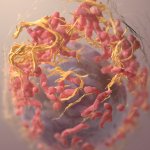
Article • Awareness
Focus on cancer
From solid tumors to metastatic carcinomas and leukemia: cancer is among the most common causes of death. Keep reading for latest developments in early detection, staging, therapy and research.
“Many of these proteins are already targets of drugs available on the market for cancer patients and other diseases. They can be tested in future studies based on this identification. We arrived at them by associating the stemness phenotype with tumor aggressiveness,” explained Professor Tathiane Malta, of the Multiomics and Molecular Oncology Laboratory at the Ribeirão Preto Medical School of the University of São Paulo (FMRP-USP) in Brazil, when speaking with Agência FAPESP.
Malta is the corresponding author of the article, along with Professor Maciej Wiznerowicz from Poznan University of Medical Sciences in Poland. In 2018, she was the first author of an article published in Cell, the result of her postdoctoral research. In the article, her group developed a stemness index that can objectively measure the similarity between tumor samples and pluripotent stem cells. “At the time, we developed the machine learning-based algorithm using the public tumor database maintained by The Cancer Genome Atlas [TCGA] in the United States. We relied on gene expression data, quantifying RNA, and epigenomics data, with DNA methylation. Now, we’re working with the CPTAC database, based on proteomics, and we’ve updated our work with analyses of protein, a functional molecule that can be applied to treatment possibilities and clinical application,” adds Malta.
Based on the results obtained thus far, PROTsi has a positive correlation with stemness scores derived from previously published transcriptomes, including the 2018 model. PROTsi was more effective in distinguishing between tumor and non-tumor samples, for example.
Renan Santos Simões, Malta’s advisor and co-first author of the article with Iga Kołodziejczak-Guglas from the International Institute for Molecular Oncology in Poznan, Poland, says that the progress made in characterizing stemness and considering protein levels and their modifications paves the way for a deeper understanding of tumor progression and mechanisms of resistance to current therapies. “Science advances slowly, carefully, and is built by many hands. It’s gratifying to realize that we’re contributing to this process. That’s what motivates us: knowing that what we do today can make a real difference for patients, improving treatments and quality of life,” says Simões, a FAPESP scholarship recipient. Brazilian researcher Emerson de Souza Santos, who is also a student of Malta, participated in the research as well.
During the validation process, PROTsi demonstrated consistent performance across multiple data sets. It clearly distinguished between stem and differentiated cells, with different tumors falling at various intermediate levels. PROTsi demonstrated predictive ability in cases of uterine and head and neck cancer, for example. Additionally, the tool was more effective at differentiating higher-grade tumors in adenocarcinoma, uterine, pancreatic, and pediatric brain cancer samples. “We sought to build a model that can be applied to any cancer, but we found that it works better for some than for others. We’re making a data source available for future work,” says Malta.
According to the professor, the USP group is testing additional computational models in an effort to improve predictions.
Source: São Paulo Research Foundation (FAPESP)
18.07.2025



